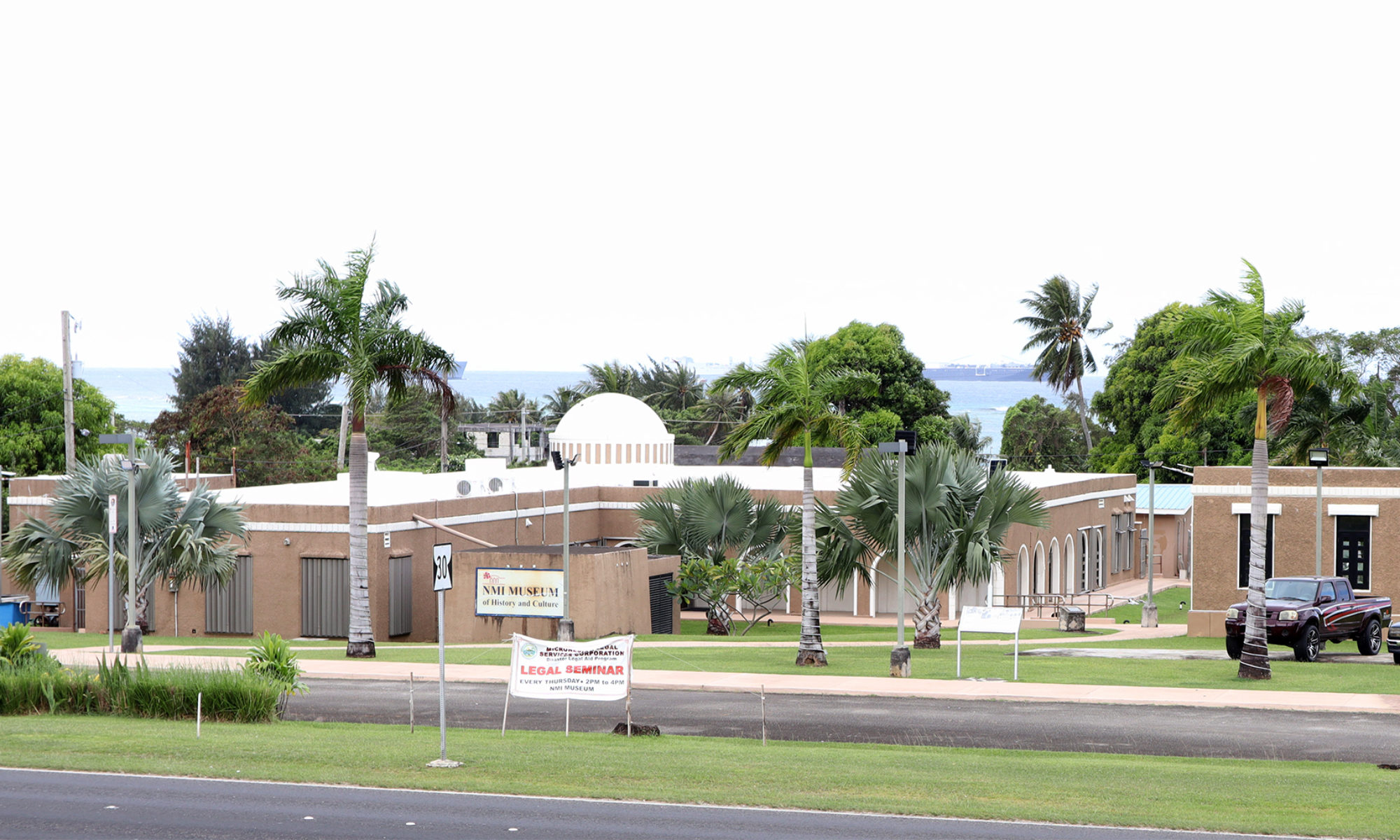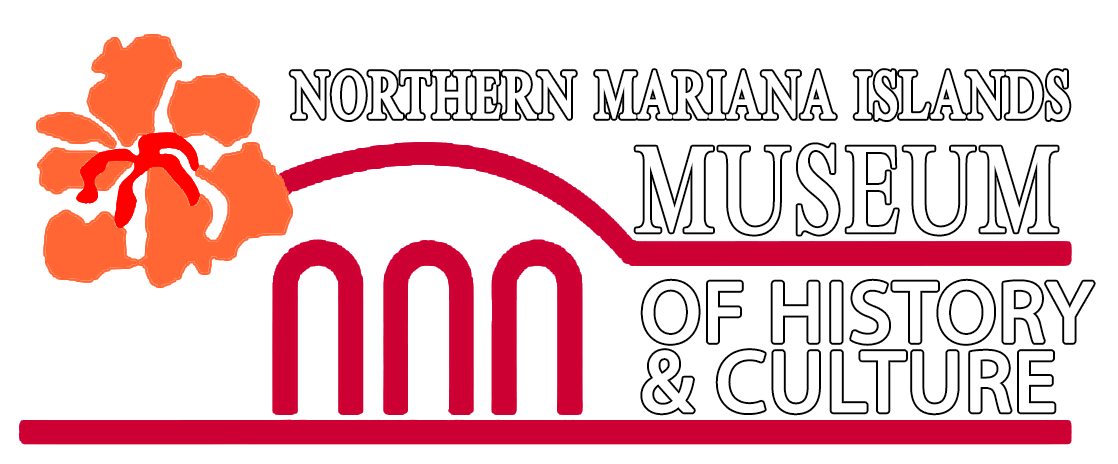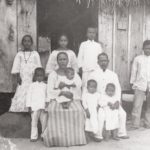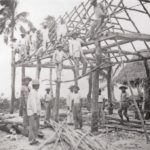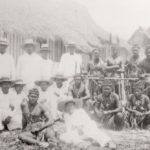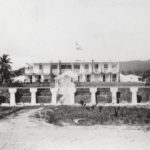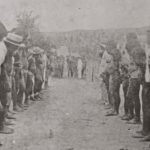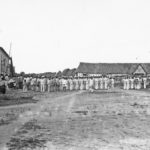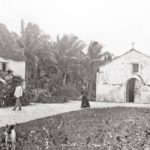The German Period
The German Period (1899-1914). Following its defeat during the Spanish-American War, Spain sold its Micronesian colonies in 1899 to Germany, including all of the Mariana Islands except Guam, creating what later came to be known as the Northern Mariana Islands. The new German administration focused its efforts on developing the islands’ economy, primarily through copra production, and expanding the population by enticing Chamorros from Guam with homesteading lots and by bringing in immigrants from the Central Caroline Islands whose ancestral homes had been devastated by typhoons. The administration, headed by Georg Fritz, also implemented the first public school system in Micronesia, provided Chamorros and Carolinians off-island training opportunities in a variety of trades, and built basic infrastructure including roads, government offices, a school, and a landing dock. The German presence in the Northern Marianas was small – just a handful of government personnel, priests, and settlers – and had only minimal impact on the indigenous residents and the natural environment.




